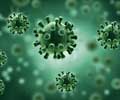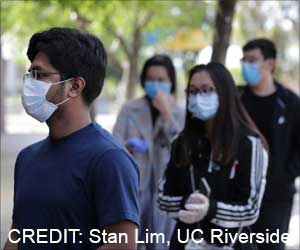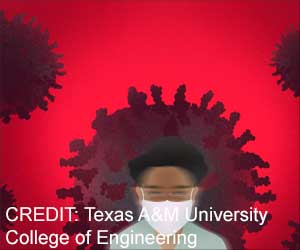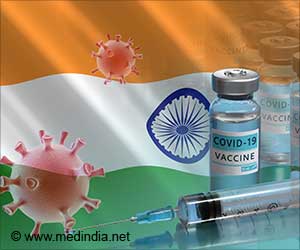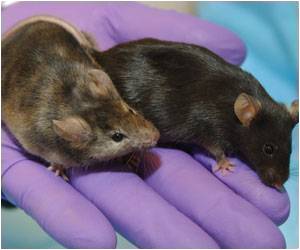Potential novel treatment therapy for COVID-19: a biologic substance created by re-engineered human skin cells has been discovered by scientists.

‘Scientists found the substance stopped SARS-CoV-2, the virus that causes COVID-19, from reproducing itself and also protected infected cells when tested in human lung cells.’





“We were surprised to find this potential therapy shuts down a novel pathway for viral replication and also protects infected cells,” said Ahmed G. Ibrahim, PhD, MPH, assistant professor in the Smidt Heart Institute at Cedars-Sinai and first author of the study. Few treatments currently exist for COVID-19 and the ones that do primarily focus solely on preventing the virus from replicating. This new potential treatment inhibits replication but also protects or repairs tissue, which is important because COVID-19 can cause symptoms that affect patients long after the viral infection has been cleared.
The potential therapy investigated in this study was created by scientists using skin cells called dermal fibroblasts. The investigators engineered the cells to produce therapeutic extracellular vesicles (EVs), which are nanoparticles that serve as a communication system between cells and tissue. Engineering these fibroblasts allowed them to secrete EVs—which the investigators dubbed “ASTEX”—with the ability to repair tissue.
In previous experiments, the investigators demonstrated that ASTEX can repair heart tissue, lung tissue and muscle damage in laboratory mice. When the COVID-19 pandemic hit in 2020, the investigators turned to studying whether ASTEX could be used as treatment against SARS-CoV-2.
The study was done through a collaboration with investigators at UCLA who tested ASTEX by applying it to human lung epithelial cells, cells that line the pulmonary tract and are the targets of SARS-CoV-2 infection.
Advertisement
Advertisement
“Viruses don't have their own machinery to get into cells, so they use proteins,” Ibrahim said. “We believe targeting ACE proteins is just one way SARS-CoV-2 infiltrates cells, hijacks their genetic information and replicates itself in the body.”
ASTEX appears to have stopped this hijacking process.
“This potential anti-COVID-19 biological therapy is novel in that it has two facets: It protects infected cells, which remdesivir does not do, and also inhibits viral replication,” said senior author Eduardo Marbán, MD, PhD, executive director of the Smidt Heart Institute and the Mark S. Siegel Family Foundation Distinguished Professor at Cedars-Sinai.
Source-Eurekalert


